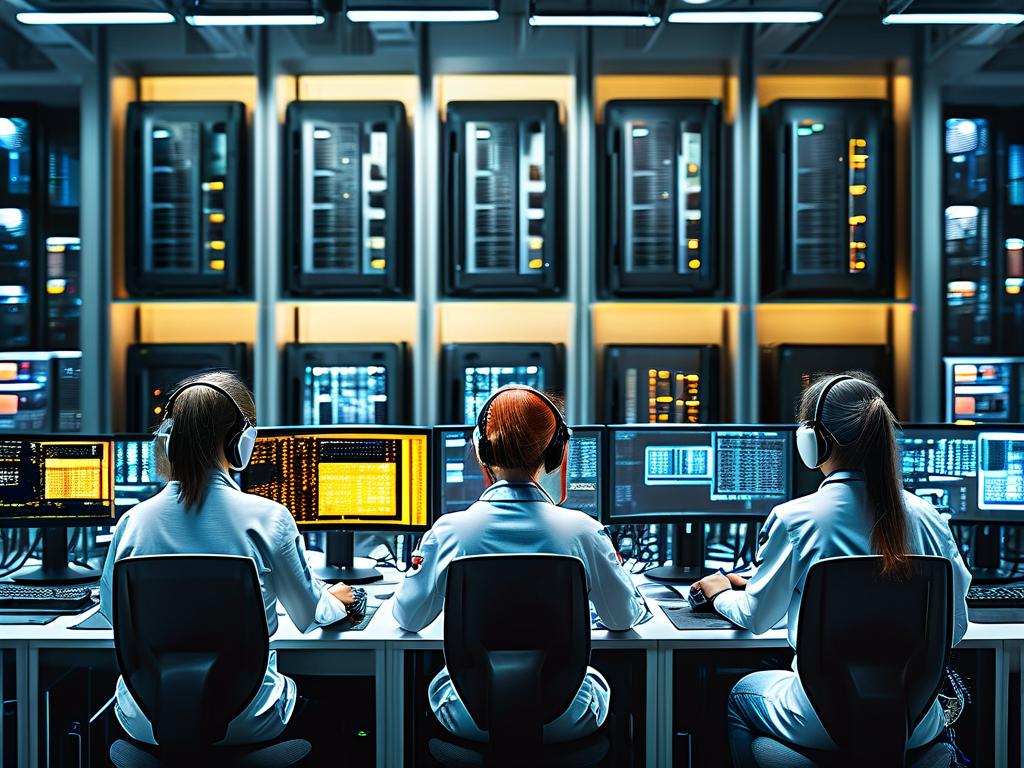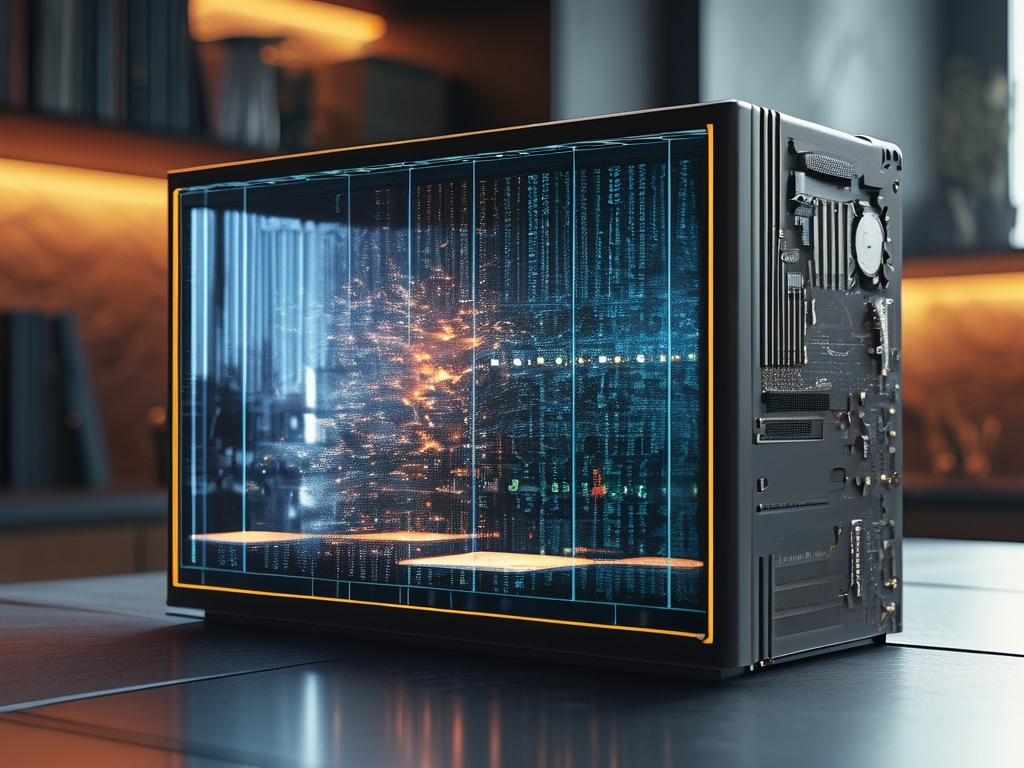The evolution of space robotics represents a critical leap in humanity's capacity to explore and utilize extraterrestrial environments. As nations and private enterprises accelerate their cosmic ambitions, robotic systems have emerged as indispensable tools for orbital maintenance, planetary exploration, and infrastructure development beyond Earth's atmosphere.

Technological Breakthroughs
Recent breakthroughs in modular robotic architecture are redefining mission scalability. NASA's OSAM-1 project exemplifies this trend, featuring a free-flying robotic servicer designed to refuel satellites and assemble structures in low Earth orbit. Unlike traditional monolithic designs, these systems employ interchangeable toolheads and adaptive grippers capable of manipulating objects ranging from satellite components to asteroid samples.
The integration of machine learning algorithms has significantly enhanced autonomous operations. Engineers at ESA's PROACT program have demonstrated robots that can self-correct during lunar regolith excavation tasks, processing terrain data at 120 frames per second while maintaining 98% operational accuracy. This cognitive leap reduces reliance on Earth-based control, crucial for missions beyond real-time communication range.
Material Science Innovations
Advanced composites are pushing the boundaries of space durability. The University of Tokyo's recent prototype utilizes carbon nanotube-reinforced actuators that maintain functionality in temperature extremes from -200°C to 300°C. Meanwhile, JPL's experimental "origami robots" employ shape-memory alloys that unfold into functional configurations upon exposure to solar radiation, eliminating complex deployment mechanisms.
Operational Challenges
Latency remains the Achilles' heel of deep space robotics. Current tests with predictive control algorithms show promise - during the Mars 2028 simulation, rovers navigated 1.2 km of unknown terrain with only 8% human intervention despite 22-minute signal delays. However, mission-critical decisions still require human oversight, creating bottlenecks for interstellar missions.
Radiation hardening presents another persistent hurdle. While modern shielding techniques protect core systems, sensitive optical sensors degrade 40% faster than anticipated in Jupiter's radiation belts, as observed during the Europa Clipper calibration tests. Researchers are experimenting with self-healing perovskite coatings that regenerate under cosmic ray bombardment, showing 73% effectiveness in laboratory simulations.
Energy Management Paradigms
The shift from solar dependence to hybrid power systems marks a pivotal development. Lockheed Martin's CIRAS prototype combines foldable photovoltaics with compact radioisotope generators, delivering 5kW continuous power - sufficient for simultaneous drilling, chemical analysis, and data transmission. This dual approach ensures functionality during lunar nights or in shadowed crater regions.
Commercial Applications
Private sector initiatives are driving cost reduction through standardized components. SpaceX's Starlink maintenance bots utilize 80% commercially available parts, cutting production costs by 60% compared to traditional space-grade robotics. This commoditization trend is enabling smaller nations and research consortia to participate in orbital robotics programs.
Ethical and Regulatory Frontiers
As robotic capabilities expand, new policy challenges emerge. The ongoing UNCOPUOS debates highlight tensions around celestial resource extraction rights and debris mitigation responsibilities. Recent incidents, like the 2027 collision between a defunct satellite and an autonomous sweeper robot, underscore the urgent need for updated traffic management protocols in congested orbital zones.
Future Trajectories
Next-generation projects hint at revolutionary applications. DARPA's NOM4D program aims to 3D-print lunar bases using robotic swarms, while China's Tiangong Lab is testing robots with liquid metal joints for extravehicular repairs. The convergence of quantum computing and robotics promises to solve complex pathfinding problems 1,000× faster than current systems, potentially enabling real-time asteroid mining operations.
As we stand at this technological inflection point, the development of space robotics continues to shape humanity's cosmic roadmap. From maintaining vital orbital infrastructure to preparing Martian habitats, these mechanical pioneers are not merely tools - they are the vanguard of our interplanetary future.




